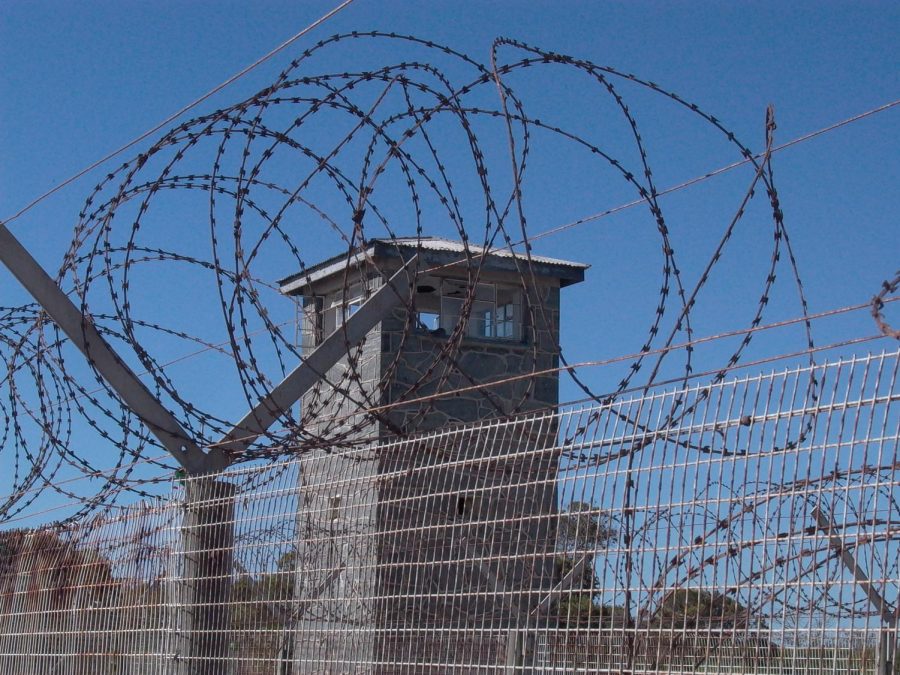Alabama Prisons: An Atrocity Reeking Under our Noses
January 25, 2022
It may not come as a surprise to you, dear reader, that prisons are a far cry from the most hospitable places in the world (well, perhaps with the exception of Finland, but that’s not today’s topic). Indeed, prison is a harsh, unforgiving place – unsurprising considering that they are intended to be collections of society’s worst in a cramped, dark complex. Hardly a pleasant-sounding description from the get-go, but in some places, it can get even worse.
And Alabama is one of those places.
Ironically, within Alabama’s labyrinthine and ever-expanding system of underfunded and understaffed prisons, the crimes of the incarcerated are nearly matched by their incarcerators. Alabama suffers from one of the highest prisoner death rates in the union – worse yet, it’s on the rise. In 2008, the prison death rate was 296 deaths for every 100,000 prisoners. In 2018, that rose 99% to 588 deaths, and in 2020, that number had skyrocketed to 1,087 deaths.
This explosion in mortality in our prisons has a slew of causes. Overcrowding, poor facilities, and gross understaffing – less than half of the Department of Justice’s required 3,826 correctional officer jobs have been filled – have all boiled together to make a hellish mix seemingly designed to claim the lives of so many prisoners. These are not natural deaths, mind you – skyrocketing rates of sexual and physical assault, drug abuse, negligence, are a number of horrors that even regular prisoners face on a daily basis. Worse yet, Alabama prisons sweep countless deaths under the rug, chalking them up to “natural causes” to save face, a ridiculous concept in of itself.
The life of prisoners confined to “restrictive housing” is even more hellish – the federally-mandated five hours of time outside they are meant to receive every week often comes late, if it comes at all, thanks to staffing inadequacies. One prisoner in restrictive housing died of hyperthermia during the summer thanks to a failure by the prison to maintain his air conditioning unit, and another’s death by apparent suicide took so long to discover that rigor mortis had already set in.
It shouldn’t come as much of a surprise to consider the massive racial disparity that plagues Alabama prisons, as well. Despite being only 28% of the state’s population, African Americans make up 49% of incarcerated individuals in the state, and are incarcerated at 2.8 times the rate of other prisoners.
Why exactly are Alabama prisons so hellish anyway? Well, there are a variety of reasons, but chief among them is overcrowding. Alabama staunchly defends a “tough on crime” justice philosophy, one of the harshest in the nation. The policy? Life without parole for any perpetrator of a class A felony with a prior felony on the record. Not that parole is much help in Alabama anyway. At least, not anymore.
In 2013, the United States Department of Justice (who shares a part of the blame for this egregious mess of a situation, for reasons to be explored later) forced the Alabama parole board to undergo training, which had an immediate effect. Over the course of the next five years, the parole grant rate rose from 30 to 53 percent – until 2018. In 2018, Jimmy Spencer, a man in prison for a variety of violent crimes, was granted parole. Three weeks later, he violated his parole, resisted arrest multiple times, and killed three people – one a seven year-old boy – in a burglary. The response to this was immediate and overwhelming – Governor Kay Ivey replaced the parole board’s chief with a new face: Charles Graddick, with such quotes behind him like “fry ’em ’til their eyes pop out and blue and yellow smoke pours their ears” from his 1978 campaign.
Now, Alabama parole rates are down to approximately 9 percent, and the parole process itself is a mess badly in need of cleaning up. But what else has the federal government done to remedy the issue? Well, the answer is disappointingly little, unfortunately.
Though the Alabama department of corrections has been under a civil rights violation investigation since 2012, little has happened on the matter. So sluggish, in fact, is the federal government, that the cases leveled against the department of corrections has been open since then, with extensions granted effectively whenever Alabama asks for them, despite a lack of any real improvement. On Alabama’s part.
All this to say that, beyond a shadow of a doubt, Alabama prisons are a horrifying abortion of justice almost defying description. And now, Alabama is planning to funnel COVID relief funds into building yet more prisons in an effort to deal with overcrowding, as opposed to, say, updating their prisons to bring the lives of the incarcerated more in line with the basic standards of human decency that should be expected of them – or, heaven forbid, actually using COVID relief money for COVID relief programs. But perhaps such an idea is just too radical for our fair state.


